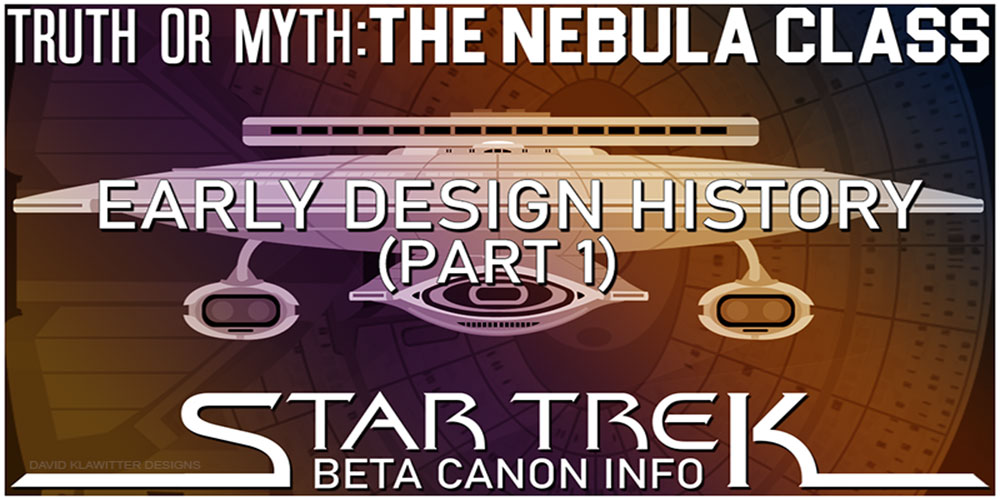Hello and welcome to another episode of Truth OR Myth Beta Canon, a Star Trek web series that dives into a history of any given topic using Beta Canon sources and my own imagination to fill in the gaps. In today’s episode, we’re taking a look at the Nebula Class of Starfleet Starships, in effort to better understand it’s place in the Star Trek Beta Universe.
With Starfleet Command once again changing with the times, Starfleet’s Core of Starship Design Engineers would take the design blueprints for the Galaxy Class and modify them to create a variant that would itself become its own class known as the Nebula Class… Because this IS a Beta Canon video, all information relaid should pretty much be taken with a grain of stardust, and only considered a little bit of Star Trek Fun! And so, with all that out of the way, let’s begin.
Though a solid class of starship, the Ambassador Class had not lived up to the expectations of Starfleet Command or the United Federation of Planets.
Many of the claims made for the class, simply didn’t pan out and in 2345 the Federation, looking at the current classes within the fleet, realized that once again, Starfleet was beginning to look old. The Miranda, Excelsior and Oberth Classes still comprised the bulk of the fleet over 50 years after these classes had been launched. And since there launches numerous technological advances had been made that simply could not be included in those classes without extensive, time consuming and resource-intensive refits.
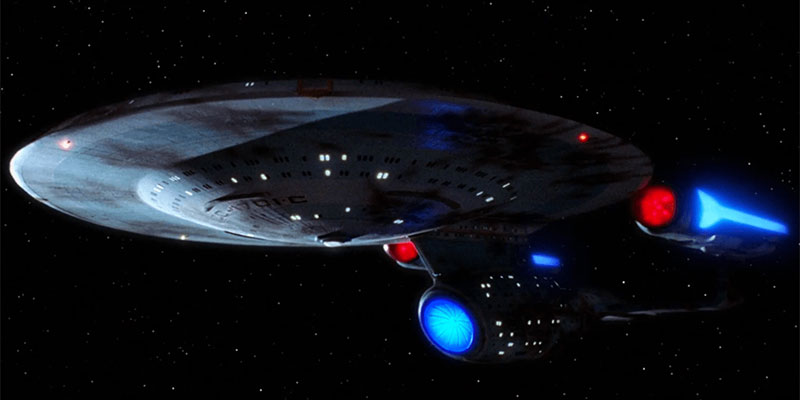
One of the major breakthroughs in technology had been the Isolinear Chip and LCARS Data Network as a consequence of this new technology. Though a hastily modified version of this tech had been included within the Ambassador Class, the true power of this new technology had yet to be realized… Also, the early 24th Century had seen huge improvements and developments in Warp Drive and Warp Theory understanding.
After decades of analyzing the data collected during the Excelsior’s failed Transwarp Experiments, Starfleet Command had made the unprecedented decision to rewrite the entire warp scale to accommodate what was learned in the project. This in turn had the effect of many warp theorists and engineers going back to the drawing board in an attempt to improve the ways currently employed to achieve warp travel. And although the basics stayed the same, many components were redesigned with the belief that Starfleet Starships could use these improvements to achieve far greater speeds, increasing the range of Starfleet vessels. then anyone had ever thought possible.
So in late 2345, the Federation Council approved a plan to create an entire line of new, much larger, Starfleet Starships to herald in what was to be a brand new era of exploration for Federation, although these starships were to be designed to go further out in to deep space, it was also decided that these starships should have a level of comfort also never before seen in Starfleet’s star fleet.
The shining jewel of this new Starfleet Crown was to be known as the Galaxy Class. A Massive sized cruiser, this ship was designed with a comfortable exploration of the unknown in mind. It was luxurious, spacious, and could hold up to 10.000 persons if the need arose.
Though all other classes in this new Starfleet Starship aesthetic were designed at the same time, they would all take their design cues from the Galaxy Class itself, even though the Galaxy Class would be the last class actually completed of this new aesthetic. With various design teams working in tandem, Starfleet’s Core of Design Engineers was very excited about this project. Never before had so many of Starfleet’s and the Daystrom Institutes best worked together like this, each team was assigned to design a starship with a specific mission profile, although each team was constantly reminded that their design should not be limited BY that specific mission profile.
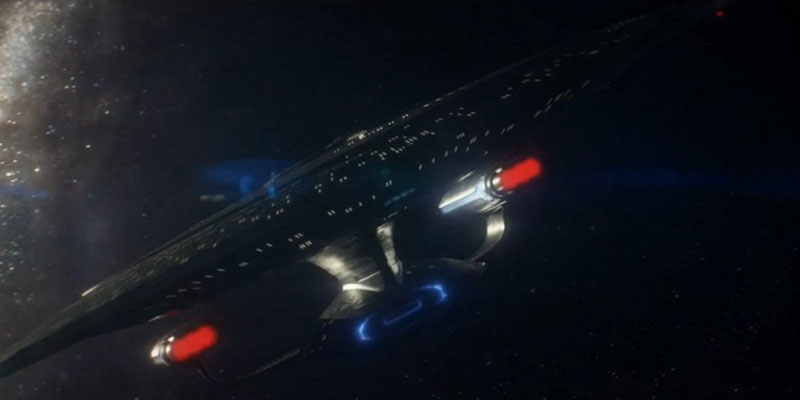
Team N was in charge of what would become known as the Nebula Class of Starfleet Starships… Project Nebula’s objective was to create a more compact version of the Galaxy Class, to be used as a patrol and defense type starship.
The head of this team, Admiral Kevin Riley, had been involved with the original design team for the Centaur Class, which itself was an Excelsior Class variant of the Miranda Class, and immediately set his team on the course of creating a similar design based on the Galaxy classes initial design specs, he saw great potential in a class that like the Miranda, could have components easily replaced suddenly giving the Nebula Class an entirely new Mission Profile.
However, because the Nebula Class was to be a patrol vessel first and foremost, the design team decided to remove the neck of the Galaxy Class, and connect the engineering hull almost directly under the saucer section itself, leaving only about one-fifth of the Engineering section protruding out the back of the class. Next, like the Miranda and Centaur Classes, the warp nacelles would be attached by pylons so that the nacelles themselves would be almost entirely under the saucer section.
This had the advantage of decreasing the classes profile, meaning that a defensive shield grid could be far smaller then it’s Galaxy Class Big Sister, which meant that shields could last far longer during any potential firefights.
Originally, the Nebula class was to have a roll bar similar to the Miranda Class. But very early on this was changed to a detachable pod design. This was done to make the swapping of the Mission Specific Pods much easier than even that of the Miranda Class. There would be different pods designed for the Nebula Class, its primary pod, would be a weaponry one. And this pod would contain multiple torpedo launchers along with a mass torpedo storage facility. By 2347, the Federation and the Cardassian Union had become embroiled in almost constant border skirmishes. And although the Federation never really viewed the Cardassian Union as a real threat, the design engineers of the Class wanted to be prepared in case an all-out war erupted between the 2 Galactic Powers.
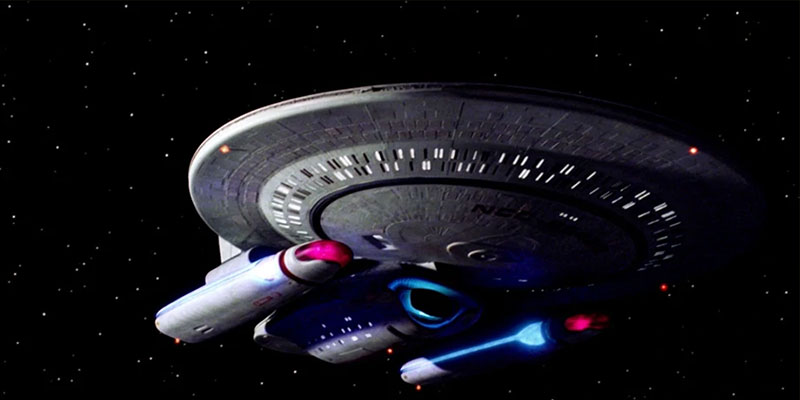
The second pod designed for the class would be a scientific one. A brand new, state of the art, large sensor pod could be attached to the starship, and although Starfleet’s position on this pod was that it was designed for scientific study, the truth was that the Cardassian Conflict would again facilitate the creating of this pod, unlike the standard sensor array systems included with in most of the Galaxy Class Lineage, this sensor pod was extremely accurate, but not only that, had a long range sensor system almost 10 times the range of standard Starfleet Systems.
This meant that a Nebula Class could effectively sit in a star system close to the Cardassian Border and scan almost ALL of Cardassian Space. Giving Starfleet a clear view of starship movements and deployments within the Union, this particular Starfleet Sensor development was highly classified, and the Cardassian Union never did discover this particular advantage that Starfleet had over them. In fact, due to its sensor pod capabilities, the Nebula Class would be utilized by Starfleet Intelligence for Data gathering through out the Federation. In fact, in 2368, a Nebula Class starship would be used to take detailed scans of Romulus, discovering what had seemed to be a defection to the Star Empire by Ambassador Spock of Vulcan, capturing detailed images of Spock on the surface of the Romulan Home World.
The third pod designed for the class would be an additional warp nacelle. Not many of the class actually used this pod, and therefore images of it are few and far between. However, the theory for this pod was that the additional nacelle would allow for a tighter warp field to be generated at far less power, to increase the starships overall speed, and therefore response times to a crisis, the data on whether this pod actually achieved its goal is unavailable, perhaps due to the few numbers of vessels that actually utilized this particular pod design. However, as it was, the Nebula Class itself was already a fairly fast starship design. And as technology developed surrounding these new engine designs, the classes maximum speed would also be increased during regular maintenance overlays, perhaps making this additional warp nacelles effectiveness a moot point.
Standard weaponry for this class would be the latest is starship design. Utilizing the massive Phaser Emitter Array system developed by Starfleet, the Nebula Class could really pack a punch, with no targeting blind spots within it’s Phaser System. Due to various setbacks and political issues within the Federation, full production on the Nebula Class would not be given the go-ahead until the early 2360s, even though the original starship of the Class, the U.S.S. Nebula had been launched in 2352, her shakedown cruise being a complete success.
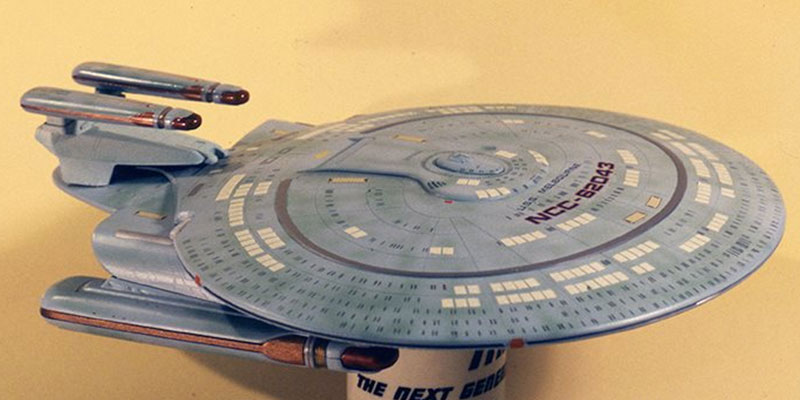
For almost a decade the U.S.S. Nebula would be the only starship of the class, being highly classified as even to it’s existence with in the fleet. During this decade the U.S.S. Nebula’s standing orders were to remain outside sensor range of any and all Starfleet facilities, installations and starships unless ordered otherwise, and much of this decade of the classes history is still classified by Starfleet Command, with Starfleet’s only response to inquires about this period of time being that the U.S.S. Nebula spent most of the decade in Spacedock, improving and testing new technologies, but, recently the few declassified documents released by surround governments indicate that the U.S.S. Nebula may have played a part in several clandestine intelligence operations, though again, Starfleet has denied this to be true.
Whatever the case, The Nebula Class would become a major part of the fleet during the 2360s and into the 2370s. Even when Starfleet Command began to once again change it’s aesthetic due to major leaps in technology after the battle of Wolf 359, the Nebula Class would continue to be constructed unlike it’s Galaxy Class Big Sister, which would see orders reduced after the Federation Dominion War, until construction would be halted by the early 2380s in favour of other starships designs such as the Sovereign Class and a brand new design being developed code named Odyssey.
The versatility of this design can not be ignored. Like the Miranda, the Nebula Class could easily be converted to fill a multitude of roles with in the Federation, and had it not been for it’s massive size and amount of time it took to construct a single vessel of this class, it’s clear to Federation Historians, that the Nebula Class could have easily became the New Workhorse of Starfleet Command, earning this class it’s place, in Starfleet History…
Thank you for watching today’s episode of Truth or Myth Beta Canon, what do you think of the design history of the Nebula Class? Do you want to see the Nebula Class make a reappearance in a series like Star Trek: Picard? Well leave your comments in the section below and don’t forget to like the video and subscribe to the channel.
What to help the channel detach it’s pods and fill a multitude of roles? Then just click HERE to become a channel Patron…
Watch The Latest Truth Or Myth Below
Thanks again for watching, Live long and prosper…

